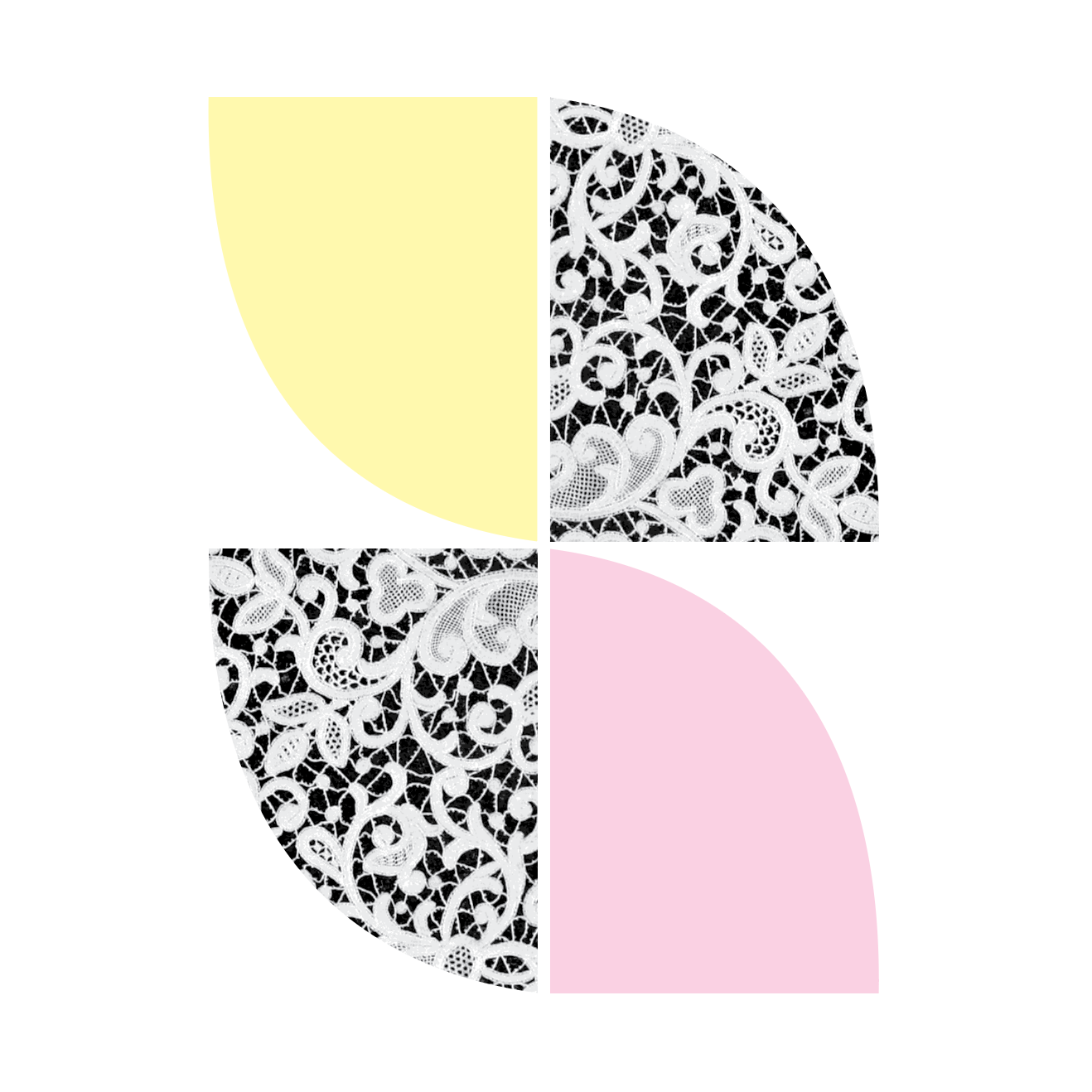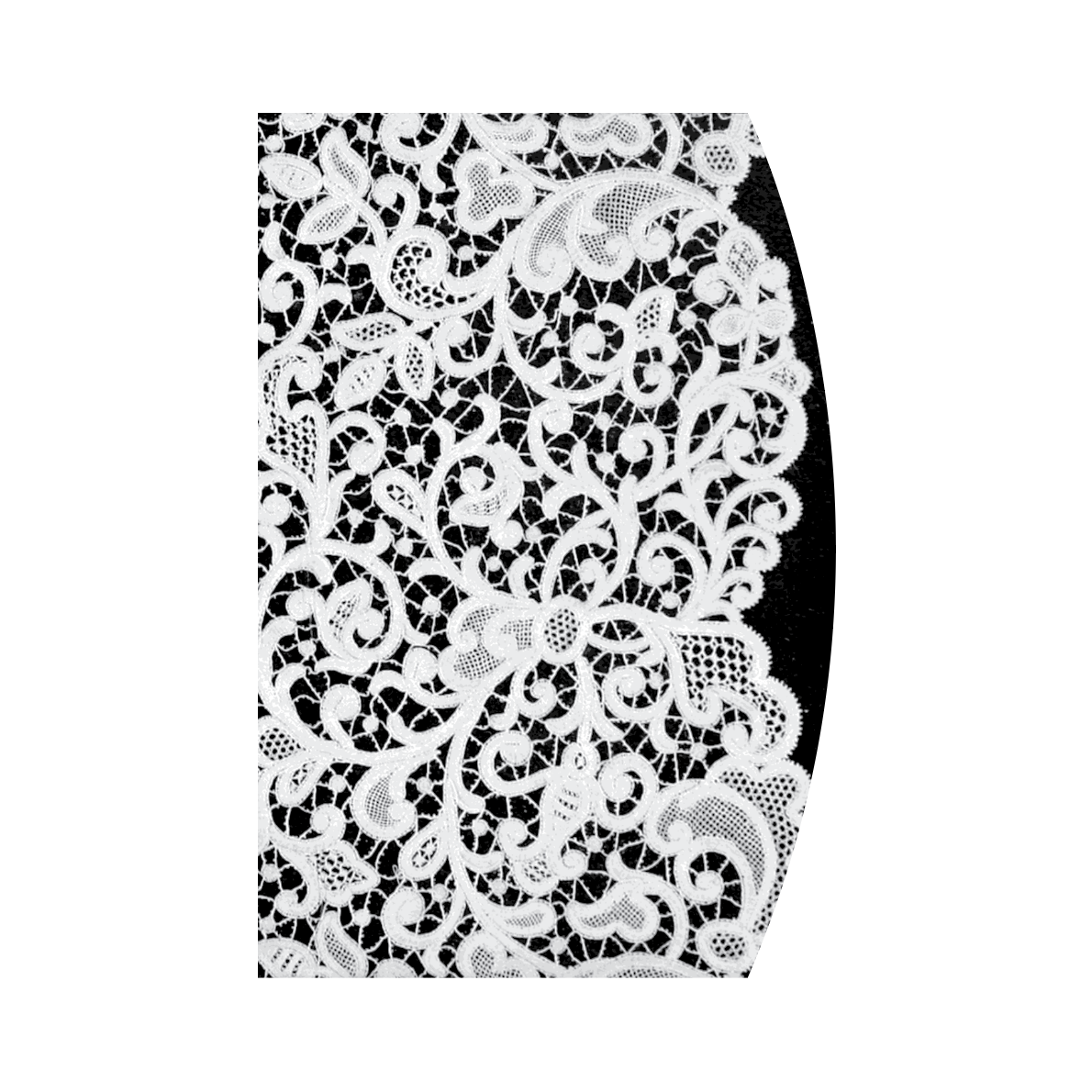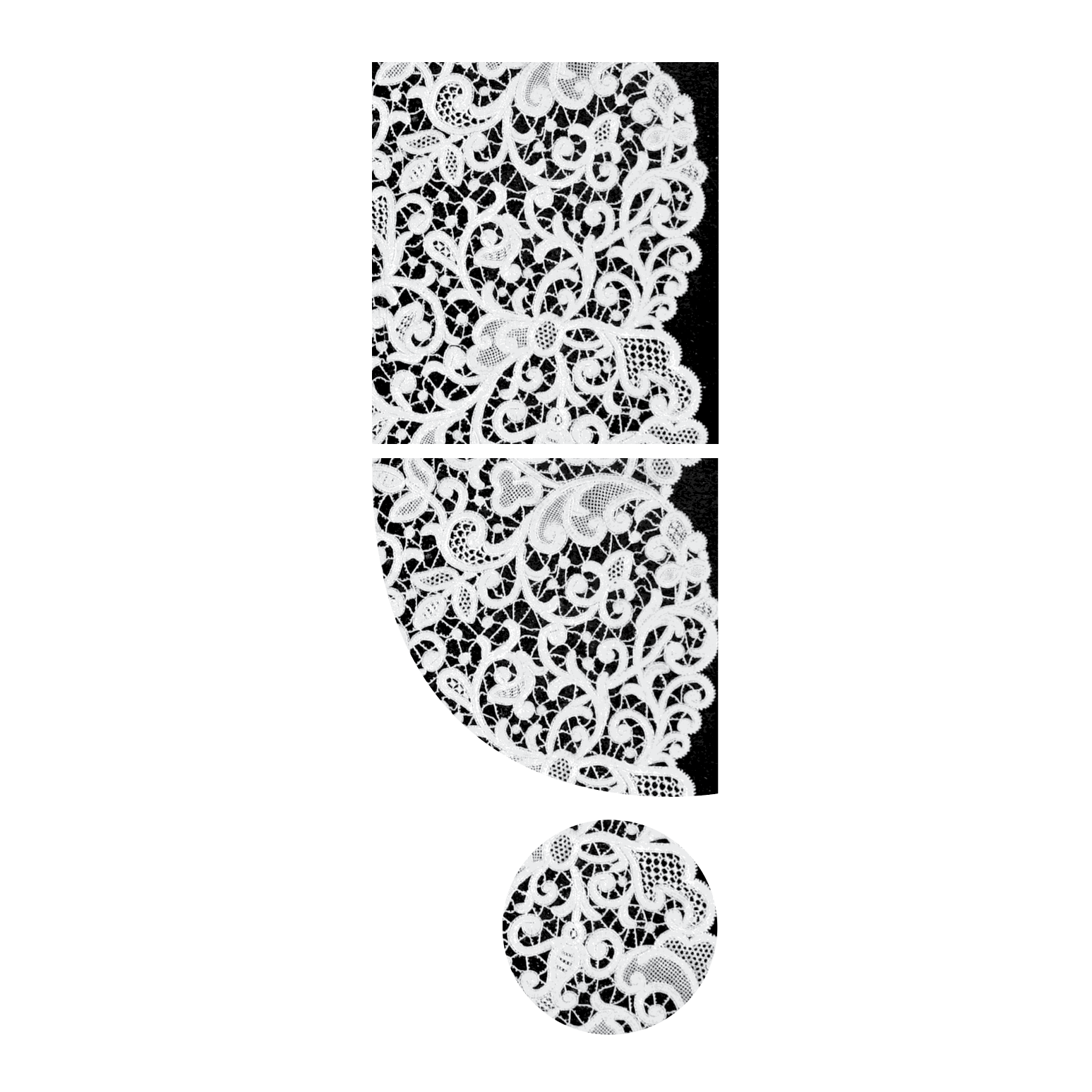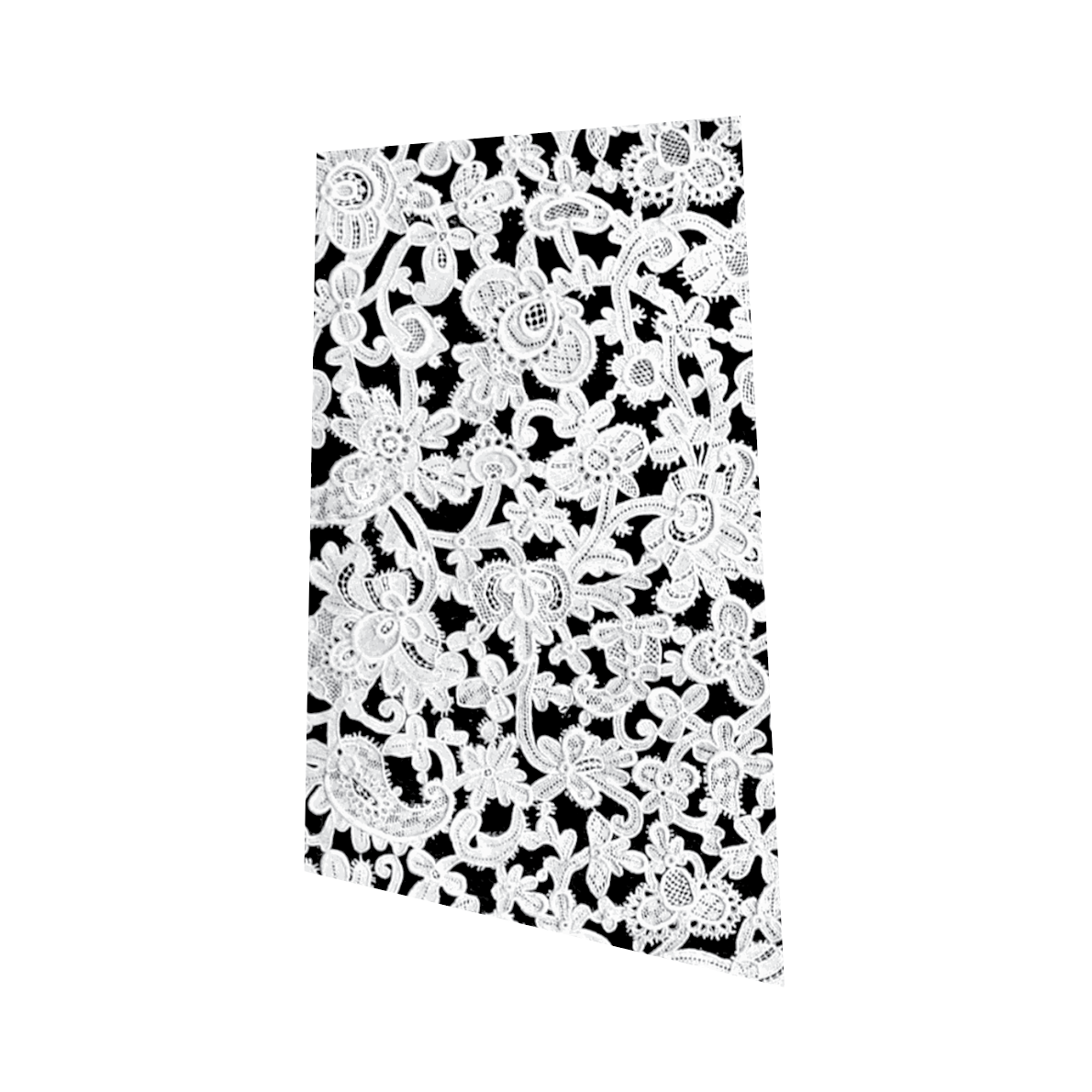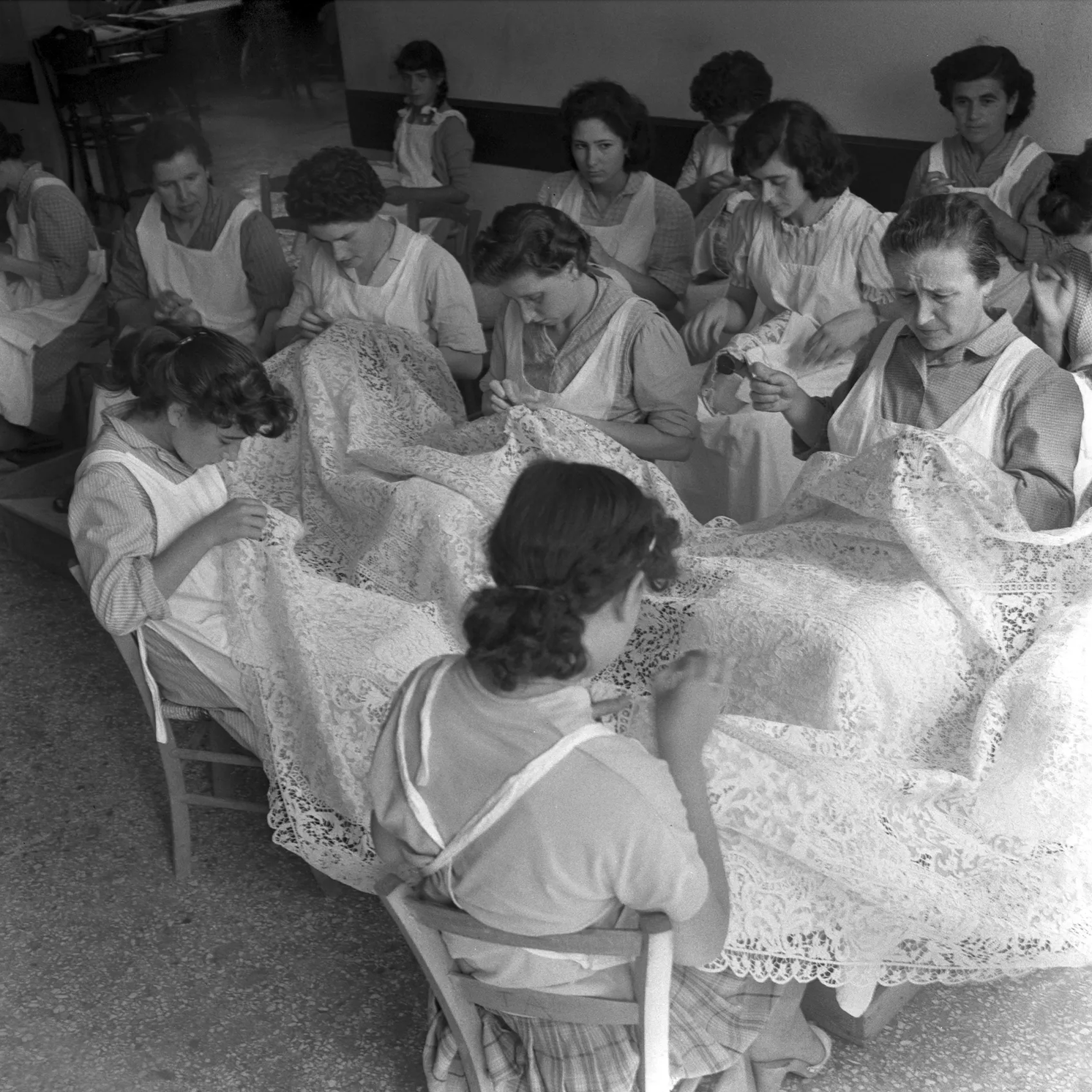Lace
“Out of the way! We are in the throes of an exceptional emergency! This is no occassion for sport — there is lace at stake!” — Elizabeth Gaskell, Cranford
I’ve always been fascinated by the delicate and ethereal beauty of lace, but I can never look at a handmade piece of lace without thinking of the hours of labor that went into its making.
Lace was always an expensive luxury item because of its painstaking, time-consuming production. All the hard work and handwork of lace making was largely done by women throughout history, though the patterns were frequently drafted by men.
“It all begins in the mid-fifteenth century at the heart of the Renaissance in Italy, where this fascinating period in needlework represented a significant advancement in civilization in an age of enlightenment. Man(Woman) was now important and ornamentation and the decorative arts would blossom. He/She was encouraged to seek new vistas in his view of the world, to experiment, to develop new technologies and accept the enduring challenge to do his best . . . and he reached unfathomed heights of perfection in all he touched.”—Jules Kliot
Here are two brief histories of lace from the SFO Museum and The Lace Guild.
1. Vari disegni di merletti 1639, Bartolomeo Danieli, Italian, Met Museum
2. Johanna Martens by Paulus Moreelse,1625
3. An Unknown Noblewoman by William Larkin, 17th Century
4. Giacomo Ceruti, Women Working on Pillow Lace (1720s)
5. Lace handcrafters, 1949. Photo: Archivio Cameraphoto Epoche/Getty
6-10. Art and photographs by LNDESIGN





